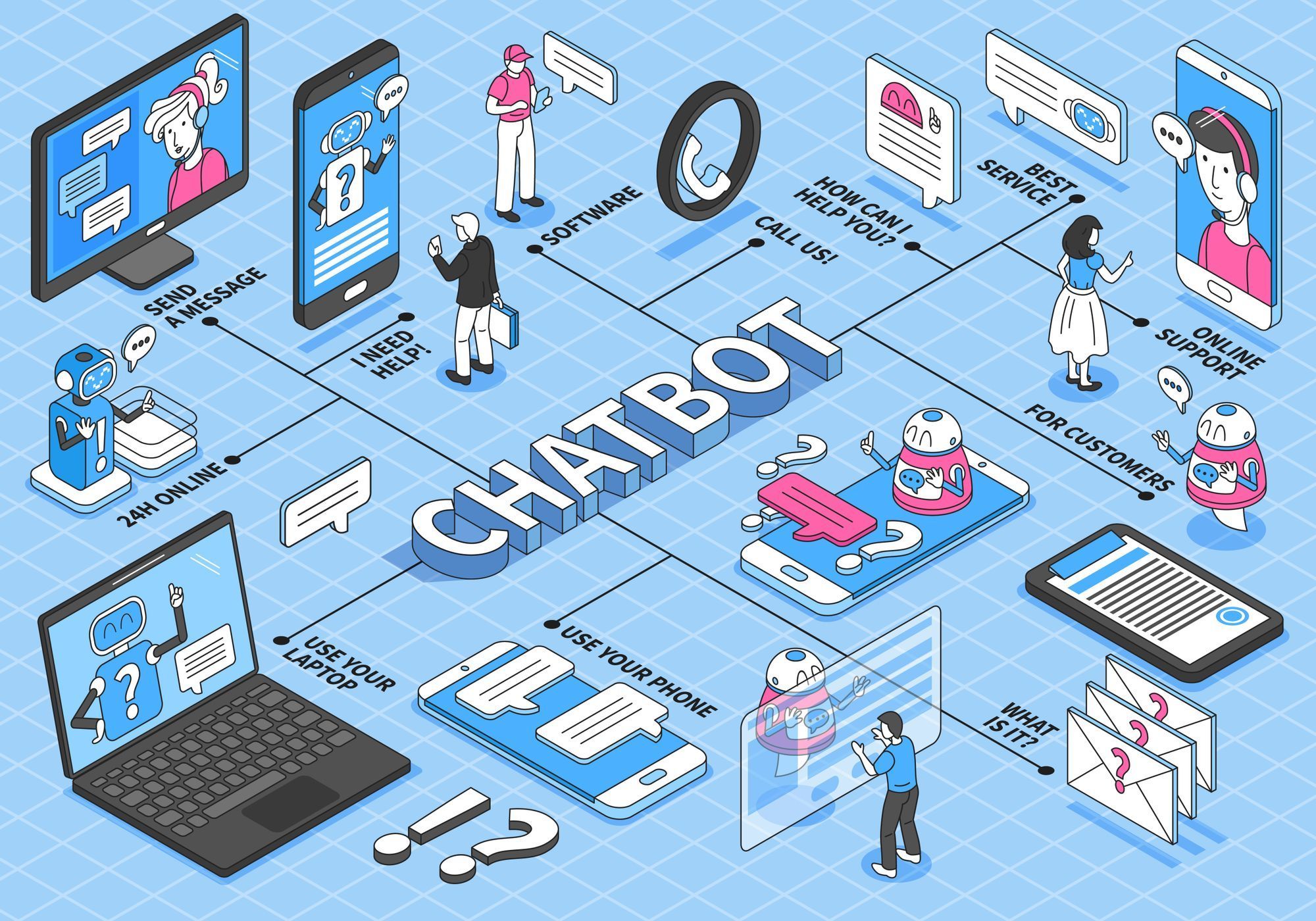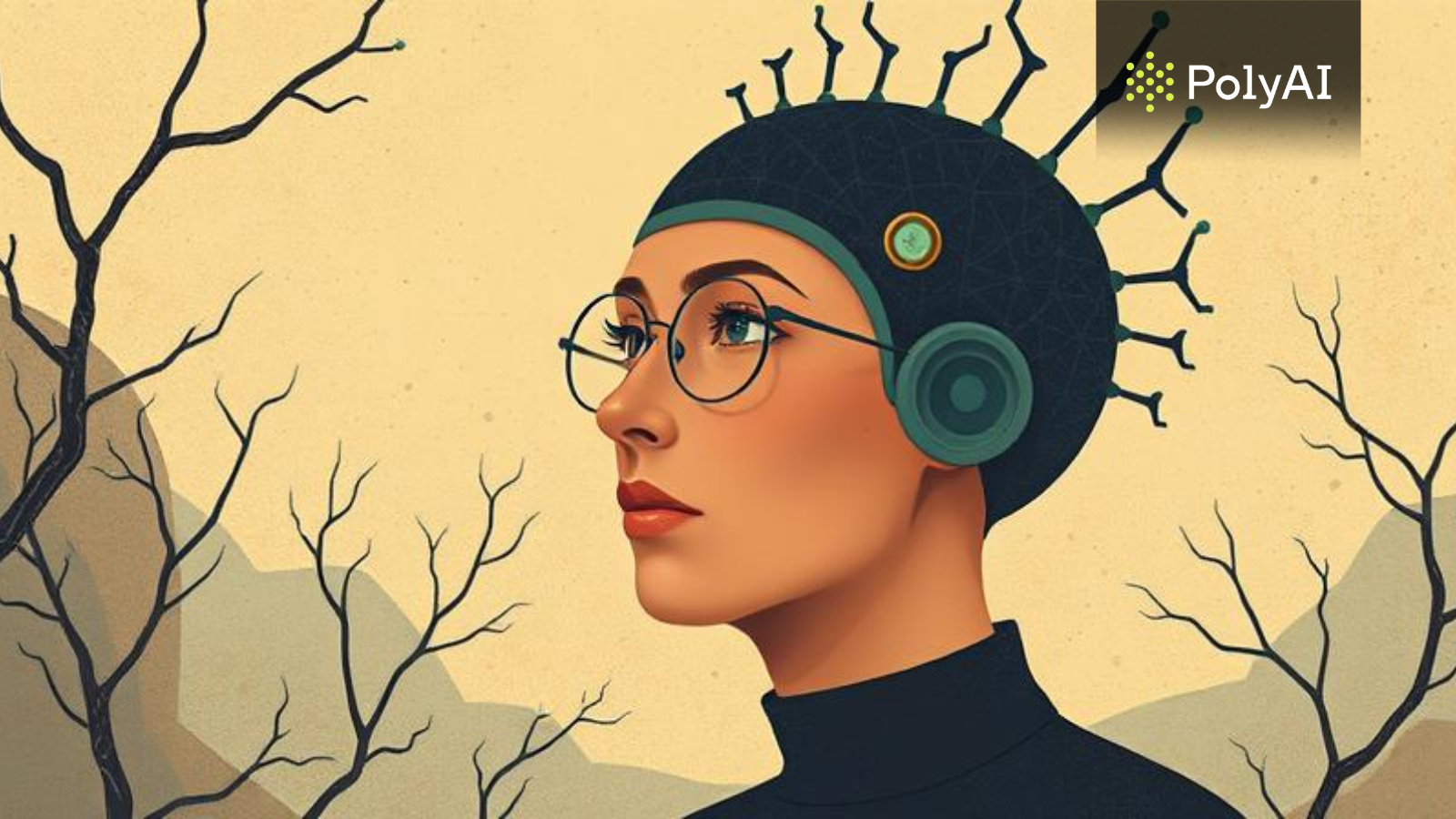
What does creating a chatbot look like?
Have you heard of the term chatbot? This innovative technology is widely used in several industries. There is a high probability that you have already encountered some kind of chatbot without even knowing it. In fact, as many as 67% of customers around the world have already interacted with a chatbot.
Chatbot development is demanding, but also interesting because it enables the application of innovative methods and technologies within machine learning and other areas. In addition, chatbots are extremely useful tools that contribute to the automation of diverse processes. Research shows that almost half of the companies will use chatbots for customer service or virtual assistance in the future. Given the growth in the use of chatbots, more and more experts with the skills necessary for their development will be needed.
Through this article, we want to explain how chatbots work, what technologies they are built on, and how they can be applied. In addition, you will find out how you too can participate in innovative chatbot development projects.
What are chatbots for and how do they work?
A chatbot is a computer program with which you communicate via chat. In other words, it is a program that uses artificial intelligence to "talk" to a person via chat and provide them with the necessary information.
Chatbots are developed with the help of artificial intelligence and machine learning. Machine learning means the use of algorithms that can learn to solve a problem from already solved examples. It is this technology that is applied in the development of chatbots - for example, the program is able to recognize the essence of a question from many examples given to it through learning.
In addition, processing methods from the field of natural language processing (Natural Language Processing or NLP) are used in the development of chatbots, which convert the user's text into a series of real numbers that the computer can work with. With a combination of machine learning and NLP, chatbots actually learn to understand and sort user questions and answer them.
The use of chatbots is diverse. For example, when you shop via the webshop or use the banking application, you have the option to start a chat where a chatbot will greet you. Essentially, a chatbot serves to provide instant assistance to users of an application or website. Thus, users can quickly find the desired information, and customer service is relieved.
It is for this reason that chatbot technology is also used in the telecommunications industry.
How is a chatbot used in telecommunications?
Chatbots are actually part of a big trend in communication. You've probably noticed that nowadays we don't communicate so much by phone or e-mail - but by instant messaging applications. So our expectations are also changing - as many as 71% of customers today expect help to be provided in less than five minutes after contacting them online.
In addition, the chatbot is not subject to working hours and provides users with support 24 hours a day, 7 days a week. Chatbots can also be implemented on various communication channels - for example, on Facebook Messenger, Instagram, WhatsApp, and other applications that the vast majority of users use.
In telecommunications, chatbots are mostly used in customer support, and the main goal is to increase user satisfaction and relieve customer service agents. For example, the Spanish telecommunications giant Movistar was able to reduce total customer service costs by as much as 30% and increase customer retention to over 80% by introducing chatbots.
For the purposes of this article, we decided to show how a telecommunications company in Croatia came up with the idea of developing its chatbots. The team from Cognitive Computing team at A1 Croatia, Josip Džaja and Borna Bejuk, accepted the idea of working on these projects in order to provide users with the best possible support.
"The idea was to first create a project for internal needs, and that's how the chatbot we named Bob Rock was born. We implemented it internally to answer the questions of A1 employees from the domain of HR and simple IT support," Josip told us. As he says, this kind of "pilot" project served as a great opportunity to learn and try out various algorithms and models.
Based on Bob Rock, they started developing Nikša, a chatbot intended for prepaid users of the A1 mobile application. The reasons for the development of Nikša were multiple.
"On the one hand, we noticed that users enter the A1 application an average of eight times a month, which seemed to us a good frequency for providing support within the MojA1 application. On the other hand, we wanted to improve the digital experience of A1 users", explains Borna.
From the customer service of A1, they say that Nikša has improved the user experience of those users who only like to be digital. In the first few months of operation, Nikša had more than 50,000 interactions with users and successfully answered a question or request in as many as 70% of cases. In A1, they are satisfied with this initial result, but they are aiming for the success rate to increase by the end of the year - and it should, because Nikša will receive more questions from which he will learn more.
What is the specific benefit of a chatbot like Nikša for the customer service of one of the largest telecommunications companies in Croatia?
"This improvement of digital channels allows customers to get an answer or service quickly and easily - without calling and waiting for an agent to answer. On the other hand, our agents have more time to devote to those customers and inquiries that require human engagement and take more time to resolve.”
Nikša chatbot development: an opportunity for learning and collaboration
Chatbot Nikša has a great impact on the relief of customer service and on the satisfaction of digital users, but the members of the Cognitive Computing team also benefited. Josip and Borna emphasize the acquisition of new knowledge and skills as the biggest advantage of working on a project like this: by applying the learning-by-doing approach, they learned more than they would have learned in the same period on a different project.
Borna adds that he and the rest of the team deepened their knowledge of the technologies they used to develop Nikša.
"We developed Nikša in Python, so we used the popular libraries Pandas and Scikit-learn. In addition, we wanted to improve and speed up the entire system, so we switched from Java and Springboot in middleware and backend to Kotlin and Quarkus frameworks. We also used GitLab for code versioning and OpenShift where we orchestrated containers."
In addition to technical knowledge, Borna and Josip add that through cooperation with experts from different fields, they have also acquired other knowledge. Since the Cognitive Computing team is made up of experts from different fields, it actually functions like a small startup within A1 and enables team members to collaborate closely and transfer knowledge from completely different areas of business.
One step further: developing an IVR bot
As A1 Croatia continuously works to improve its services, they decided to go one step further: developing an IVR bot. An IVR bot is an interactive and responsive voice bot, so it will "talk" to users through a voice call.
Research shows that almost half of the people (48%) still want to use the phone to contact customer support. With this in mind, conversational bots serve to provide support to users exactly where they are looking for it. Like chatbots, IVR bots can relieve customer service by handling simple requests and filtering out users to agents that require more attention.
The working principle of the new bot developed by A1 Croatia is the same as that of Nikša - only the bot must now recognize what the user wants from a voice recording, not a text message.
Josip says: "Just like with Nikša - we are again at the beginning of a kind, and we are looking forward to getting to grips with new challenges in the development of the IVR bot. Certainly, the development of Nikša provided us with a good base of initial knowledge that we will apply in the development of this bot."
How will the whole thing work? During the development of Nikša, Borna and Josip had mentors - but this time they will be mentors. As part of the A1 Start paid program, they invite graduates and those who have completed college in the last 12 months to join their team.
"For the development of the IVR bot, we are looking for interns in the field of Data Science and AI. You can also apply to A1 Start if you are interested in Data Analytics, Business Analysis, Product Development, IT Development and Fiber & 5G", they tell us from A1.
Borna notes that this is a great opportunity to learn and that some of last year's interns are now independently managing smaller projects related to the development of a chatbot or a new IVR bot.
How to apply to A1 Start?
A1 Start is a paid professional development program that allows you to launch your own career with the most modern learning platforms, an experienced and dedicated mentor, and work on real digital projects.
In addition to the fact that the program is paid, you will also have all the benefits of being an A1 Croatia employee and access to the most modern digital technologies. In addition, you will gain practical experience on specific tasks and projects, parts of which you will be able to manage yourself in the later phase of the internship. Find out more information here - applications are open until June 9, 2022. Good luck!


